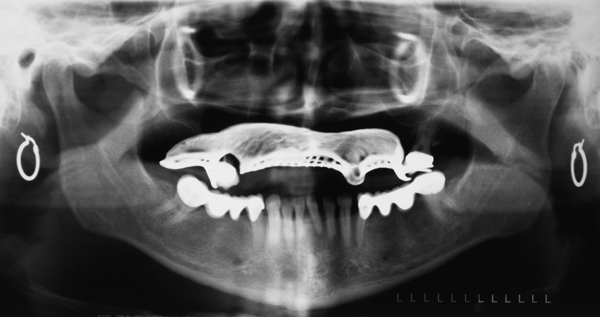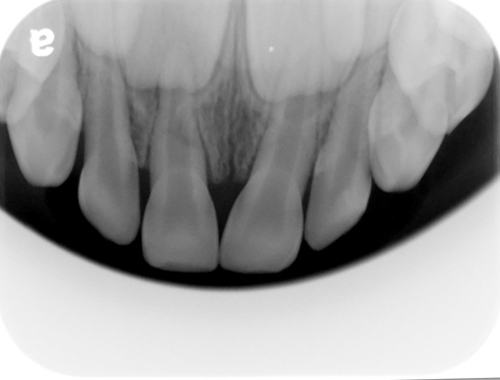I gave a lecture recently for the dental hygiene students reviewing for their dental hygiene written boards (NBDHE) and it gave me some ideas for topic posts. So for the next 4 posts I will be talking about x rays, image magnification, image distortion, PID length, etc. The students told me this is an area where they were struggling and I thought I’d share some information on these topics with others.
Today is image magnification. There are two different characteristics (actually distances) we will be looking at; source to object distance and object to film/sensor distance.
Source to object distance
The source is referring to the source of radiation, so the target in the x ray unit. The object is referring to the object that is being imaged (typically a tooth in dentistry). This distance is effected by the length of the PID (position indicating device) or cone. In order to understand this topic you must first remember that x rays are divergent. They leave the target in a divergent path and not a parallel path. With a shorter PID/cone (i.e. 8 inches) the x rays have a more divergent effect on the object being imaged resulting in an overall increased magnification compared to a longer PID/cone. With a longer PID/cone (i.e. 16 inches), the x rays have a more parallel effect on the object being imaged resulting in an overall decreased magnification compared to the shorter PID/cone. This is due to the fact that the longer PID/cone has blocked the more divergent x rays before they are able to expose the object being image. The diagram below helps to show this point. (Of note, it is important to know that there is always some degree of magnification with any 2D radiograph due to the divergent characteristic of x rays)
Object to film/sensor distance
The object is referring to the object that is being imaged (typically a tooth in dentistry). The film/sensor is the film or digital sensor or plate being used to capture the image. The distance is effected by how close the film/sensor is to the object. Patient anatomy may prevent you from bringing the film/sensor as close as possible to the object. When the film/sensor is as close as possible to the object, this will result in less magnification compared to an increased distance. The image below shows magnification in relation to film/sensor placement distance.
 Image from Robert M. Jaynes DDS, MS at Ohio State University (it’s a powerpoint)
Image from Robert M. Jaynes DDS, MS at Ohio State University (it’s a powerpoint)
Take home points
Shorter PID = Increased magnification
Longer PID = Decreased magnification
Decreased object to film/sensor distance = Decreased magnification (put film/sensor as close as possible to the object)
Increased object to film/sensor distance = Increased magnification
Next week: Image sharpness
A big thanks to the UNMC College of Dentistry Dental Hygiene Class of 2013 for finding the sources and images noted above. 🙂
Should you have any questions or thoughts on this topic, please let me know.
Thanks and enjoy!
 Image from free-ed.net
Image from free-ed.net
